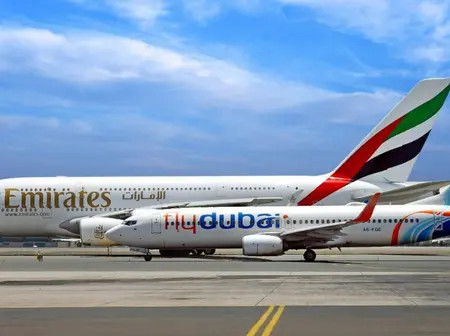Gulf-based carrier, Flydubai, will expand its footprint in Kenya next month by adding Nairobi to its network and upgrading its Mombasa route to a daily service as the airline deepens its push into East Africa.
“Kenya is an important market for flydubai, and we are pleased to strengthen our operations with the addition of Nairobi and the increased frequency of our service to Mombasa. These flights underline the importance of connecting Kenya to Dubai’s global aviation hub, enhancing access for trade, travel and tourism between our two countries,” said Ghaith Al Ghaith, Chief Executive of Flydubai.
The new Nairobi flights are scheduled to depart Dubai at 1:30 p.m. and land in Nairobi at 5:55 p.m., with return services leaving at 6:55 p.m. and arriving back in Dubai at 1:20 a.m.Return fares on the route start at AED 4,500 (about KSh 159,000) in business class and AED 1,700 (KSh 60,000) in economy from Dubai.
Nairobi-originating return fares begin at US$2,000 (KSh 261,000) for business class and US$500 (KSh 65,000) for economy class. Kenya is the twelfth African market on Flydubai’s network, joining routes to Alexandria, Addis Ababa, Cairo, Dar es Salaam, Djibouti, Entebbe, Hargeisa, Zanzibar, and seasonal services to Al Alamein, among others. The airline has steadily built its Africa operations around business connectivity, tourism flows, and transit traffic through Dubai’s aviation hub.
“This expansion provides more convenient options for customers from the UAE and across our network to access Kenya, whether they are travelling for business, leisure or to visit friends and family,” said Sudhir Sreedharan, Divisional Senior Vice President of Commercial Operations (UAE, GCC, Africa and South Asia).
The expansion underscores Dubai’s growing aviation links with Kenya, strengthening air access for trade, tourism, and diaspora travel between the two markets.
Nairobi’s role as a regional financial center and Mombasa’s status as a tourism and logistics hub have positioned Kenya as a key growth destination for Gulf carriers looking to capture East Africa’s rising demand for international connectivity.

Leave a Reply